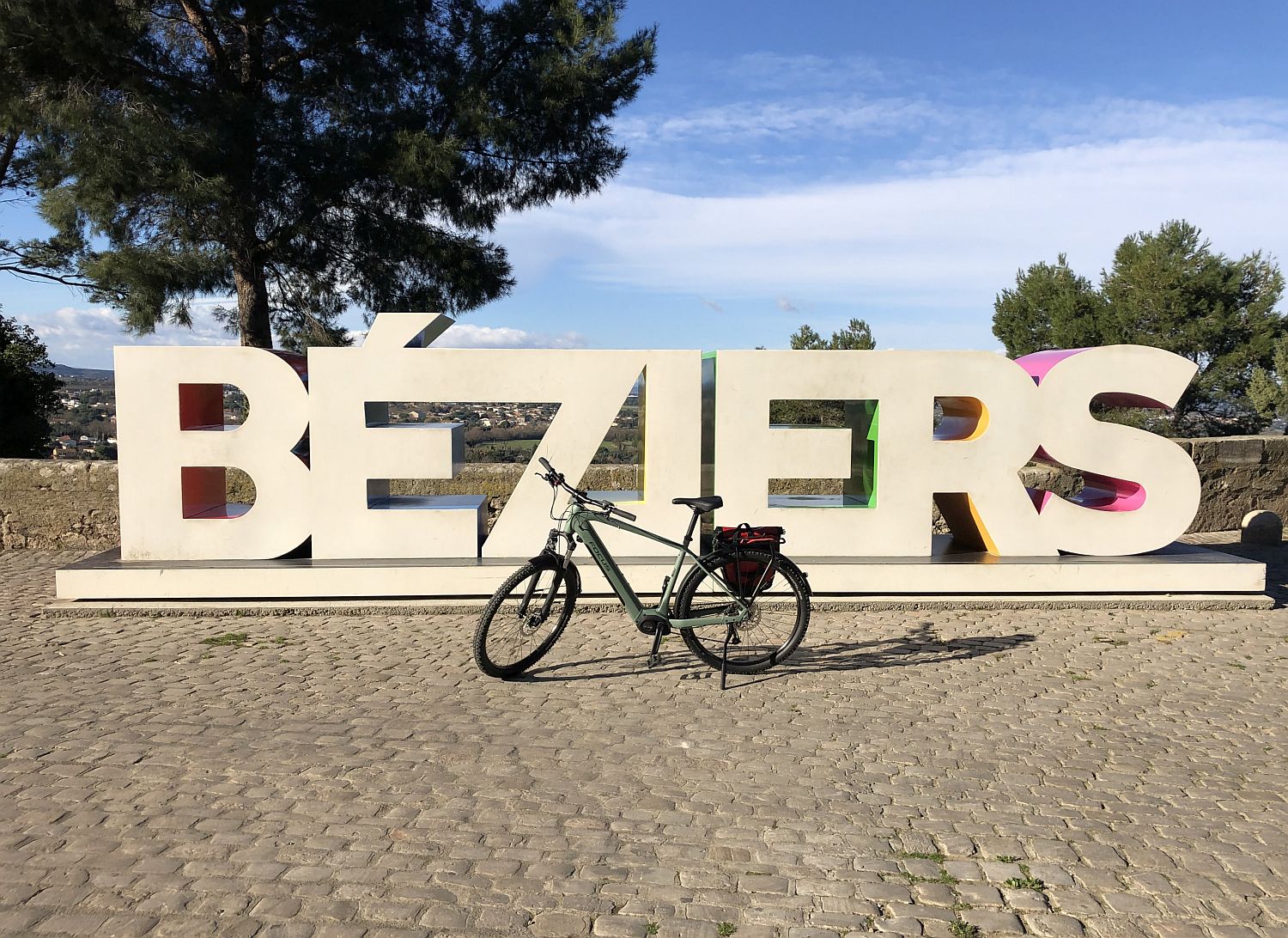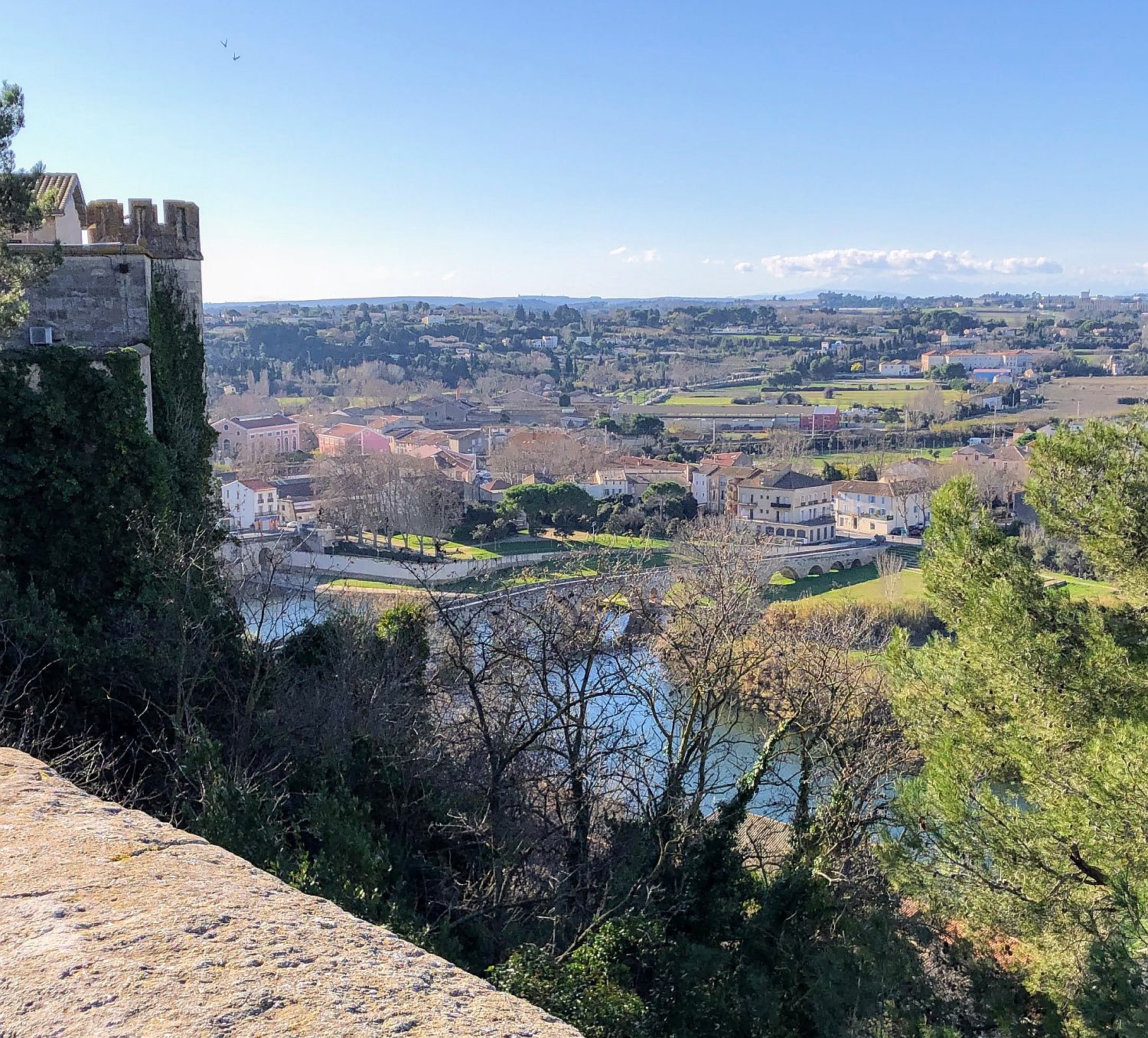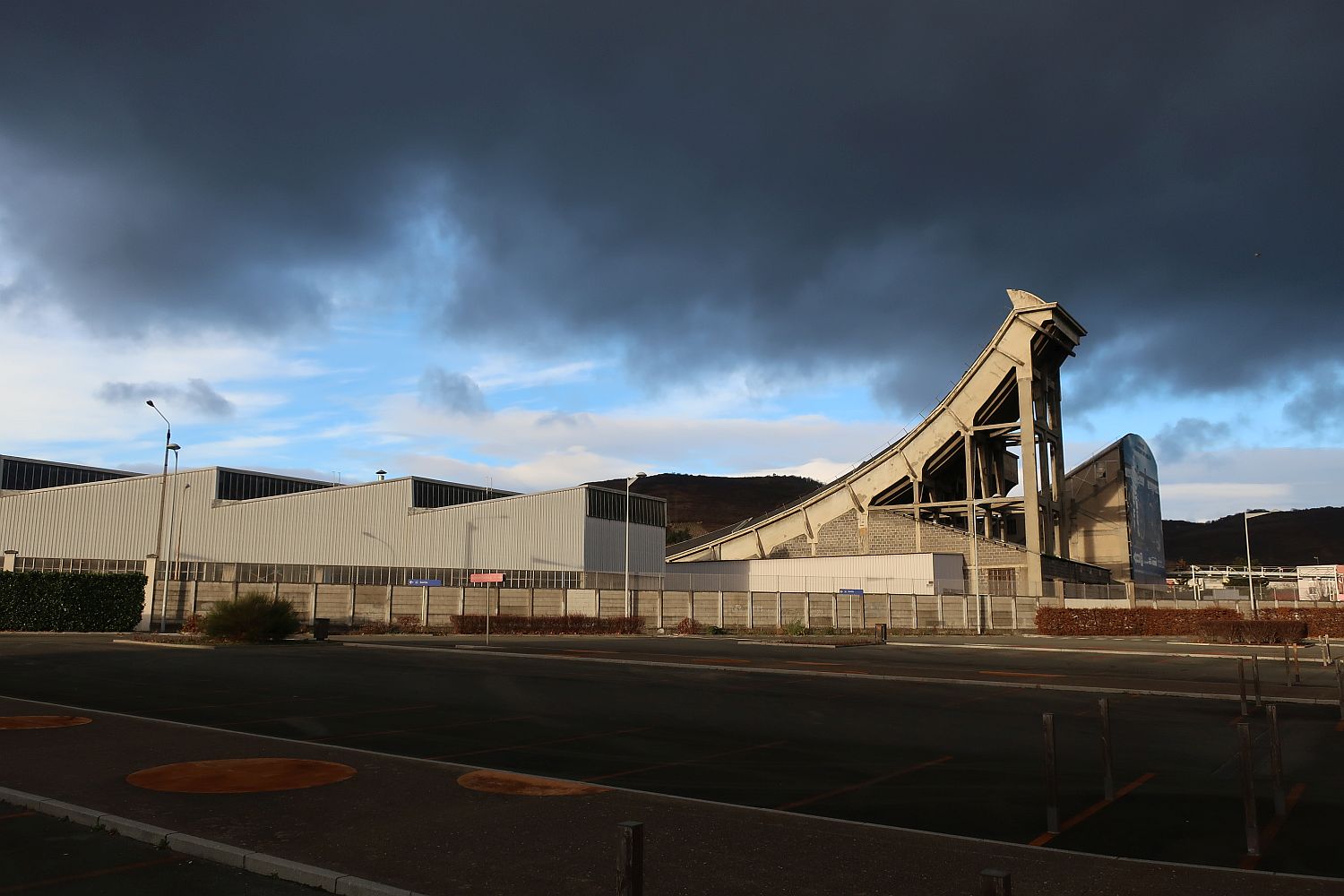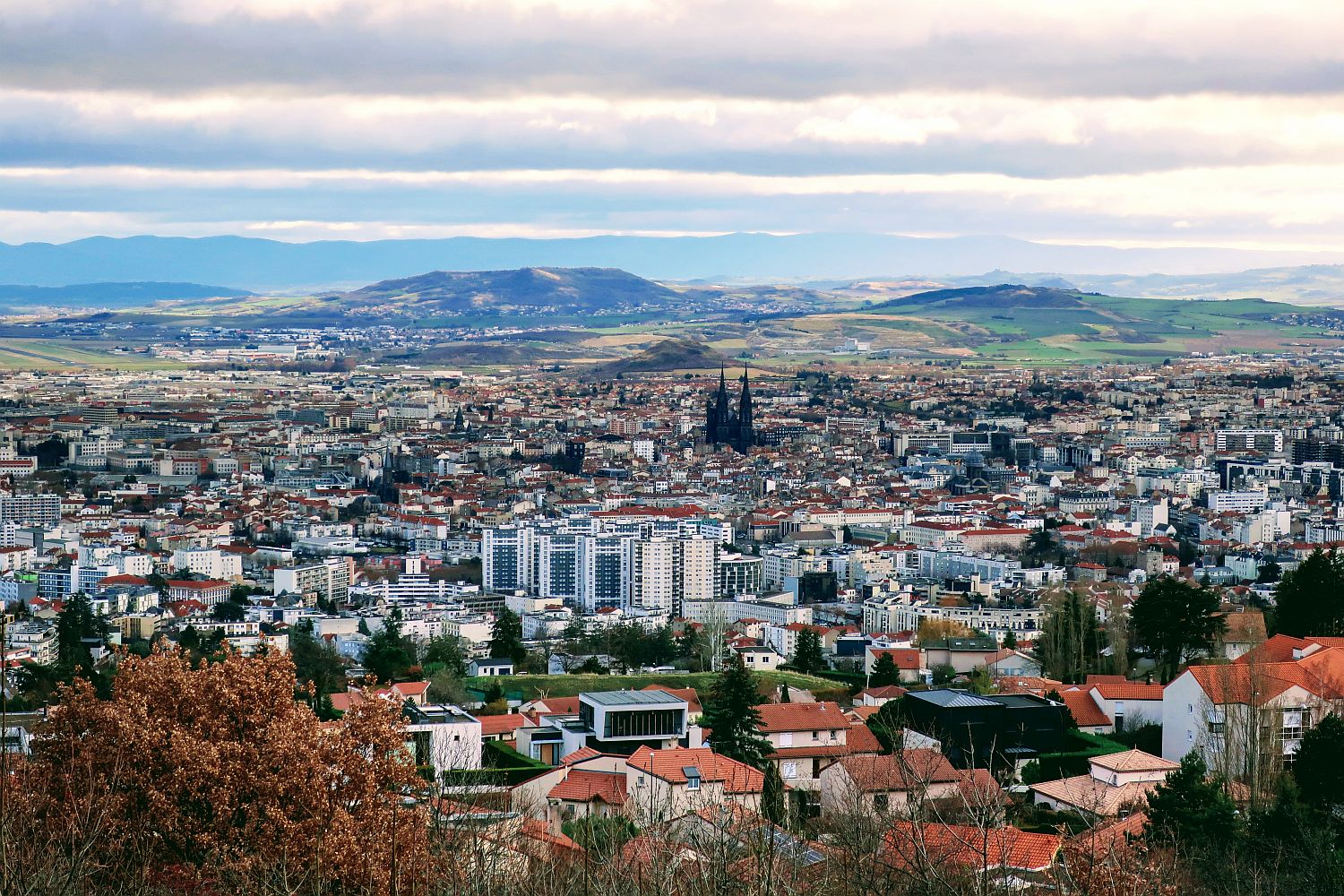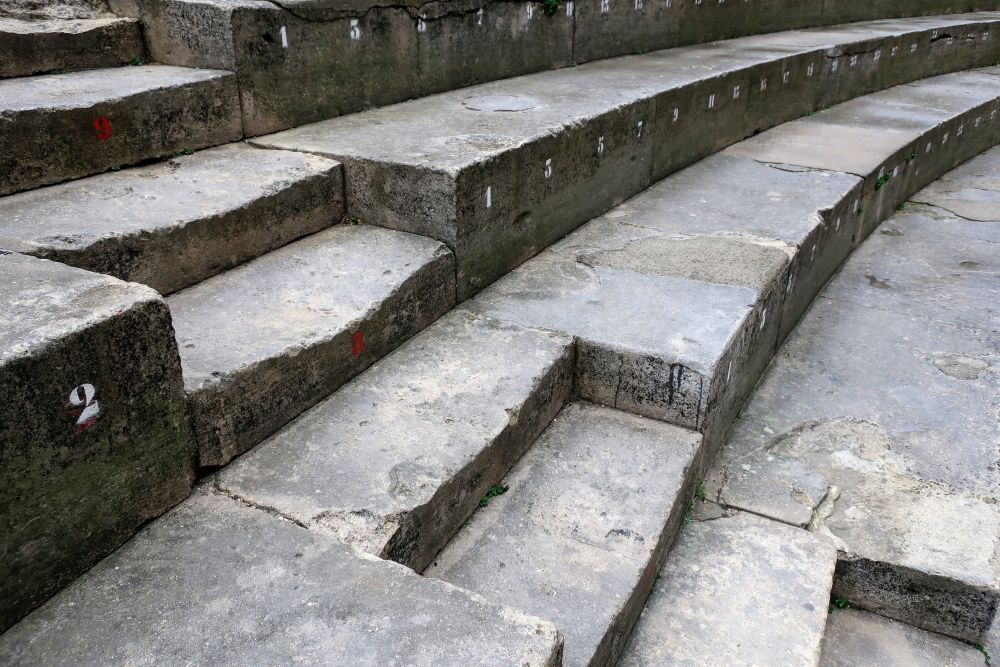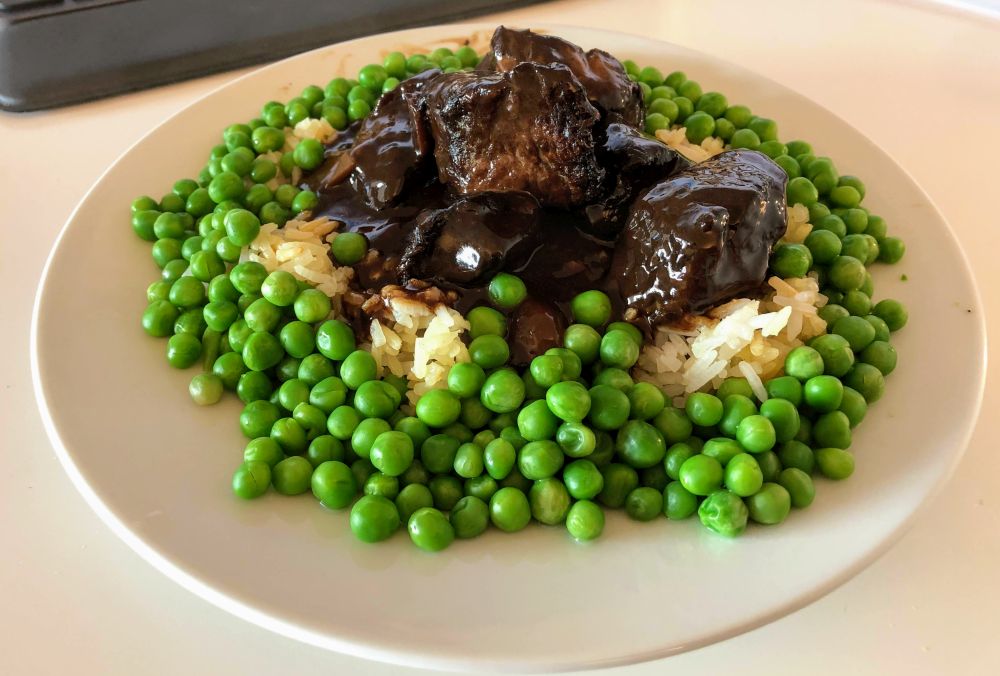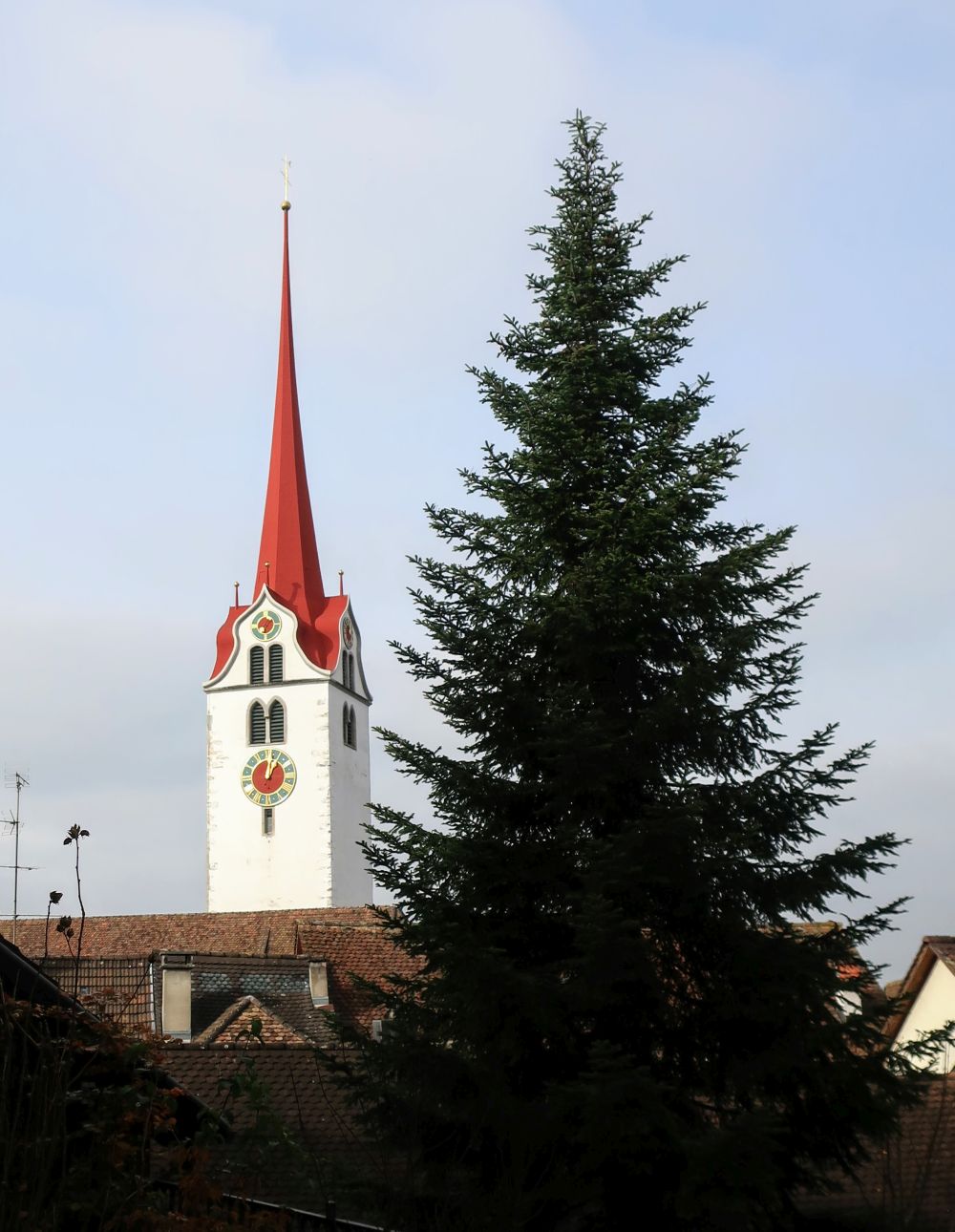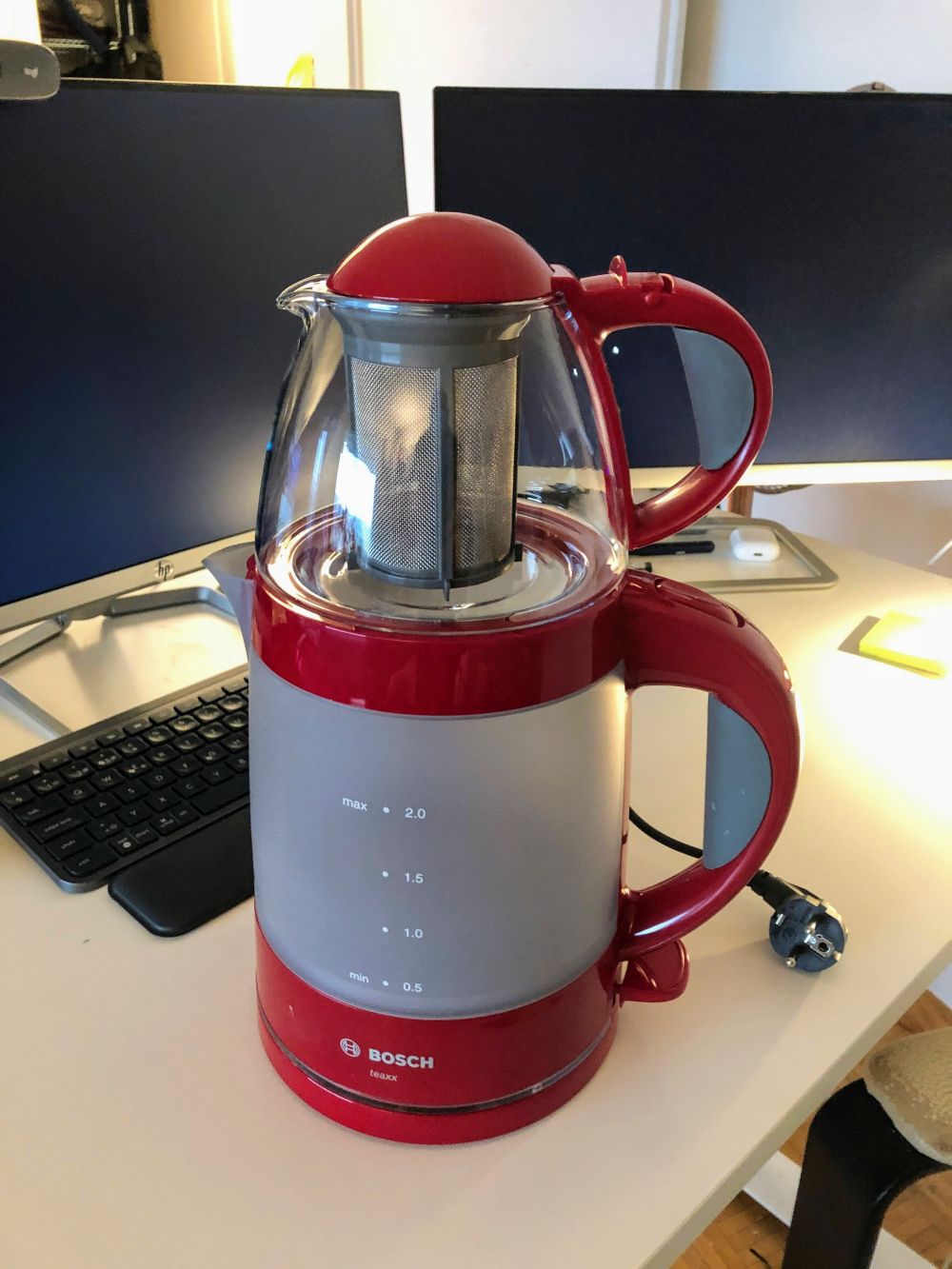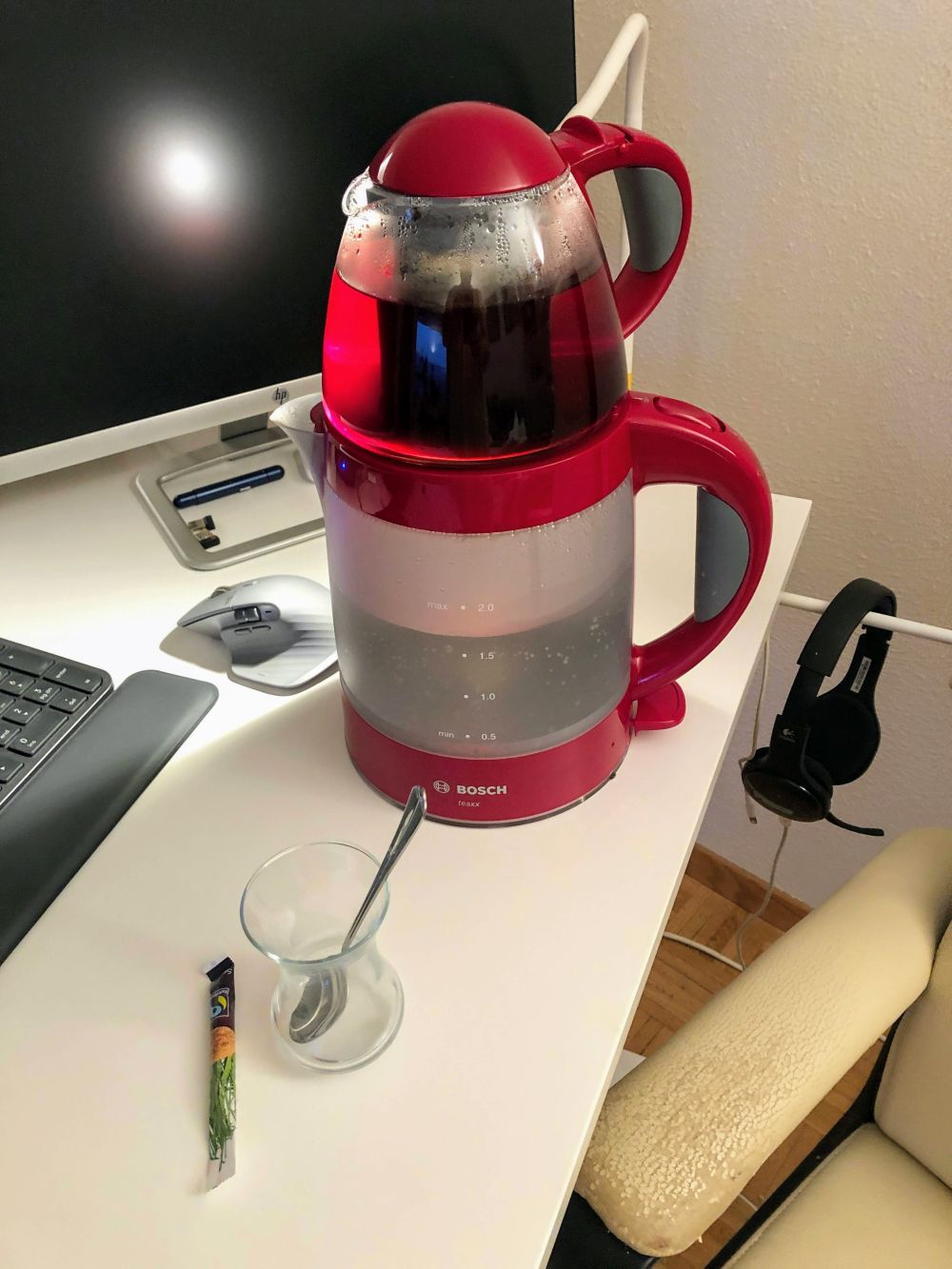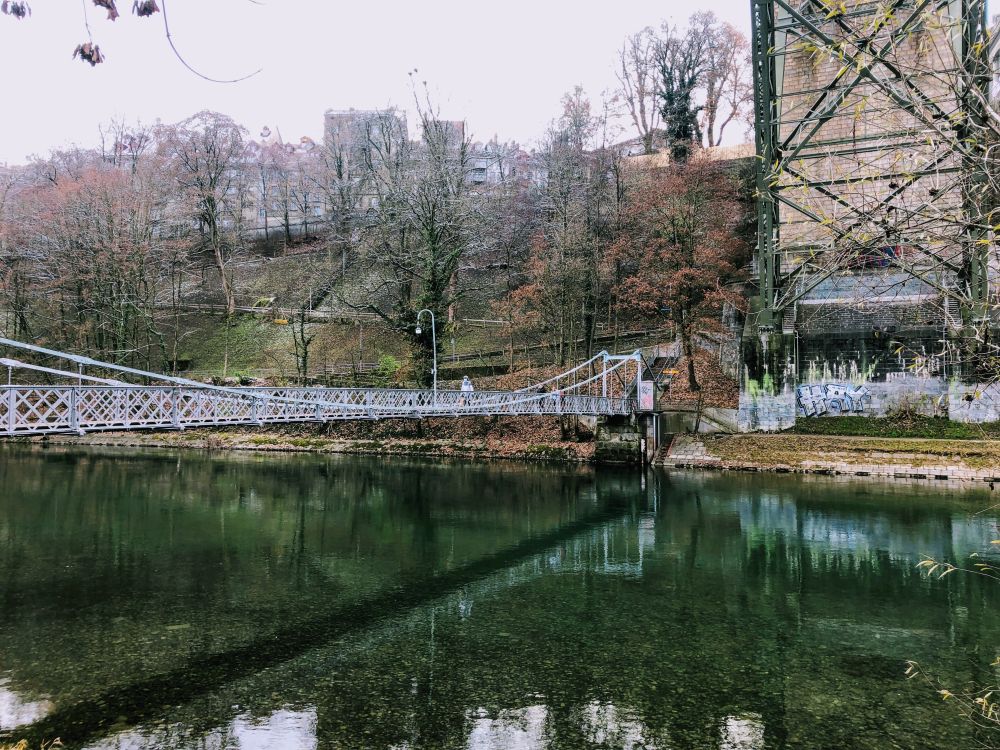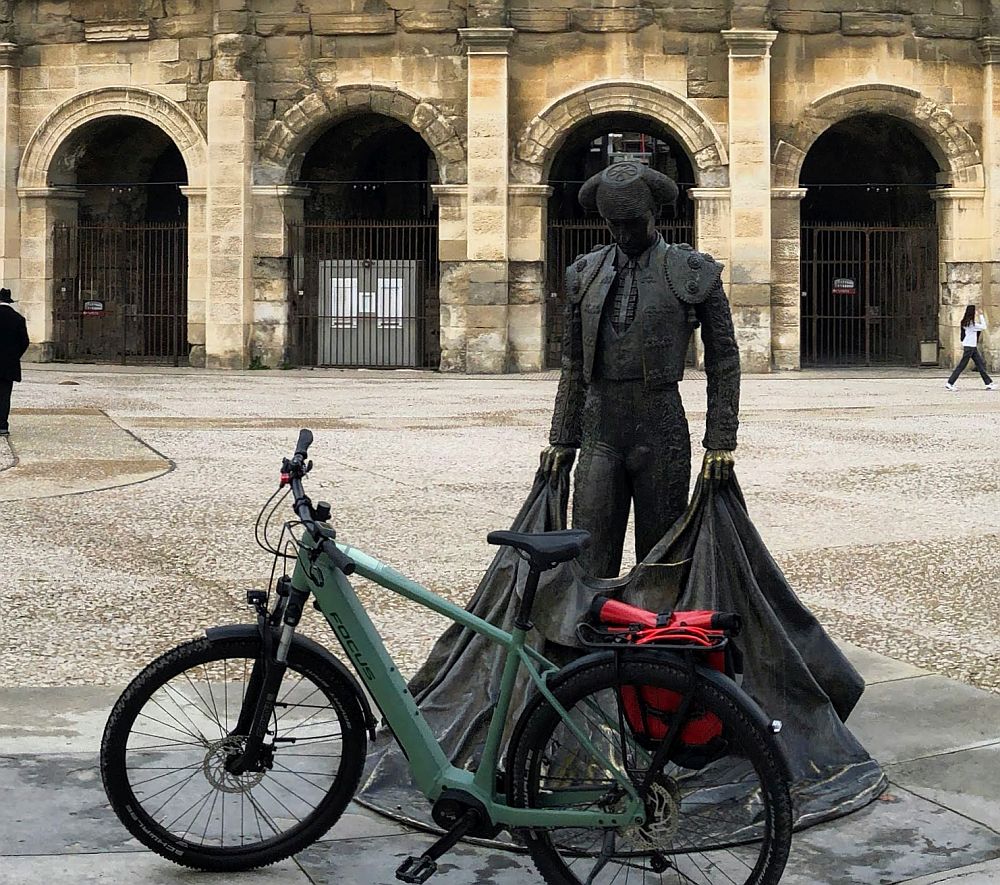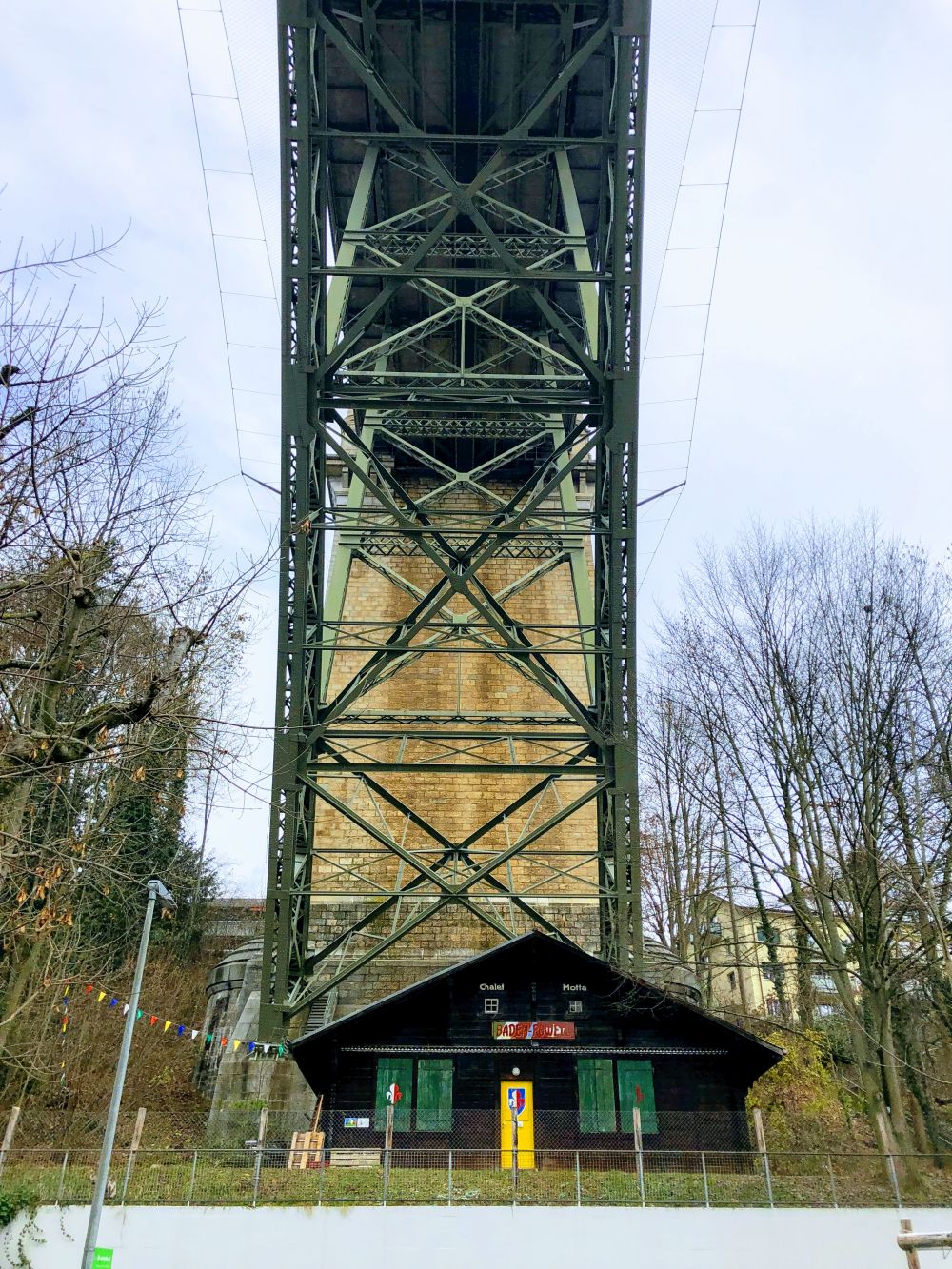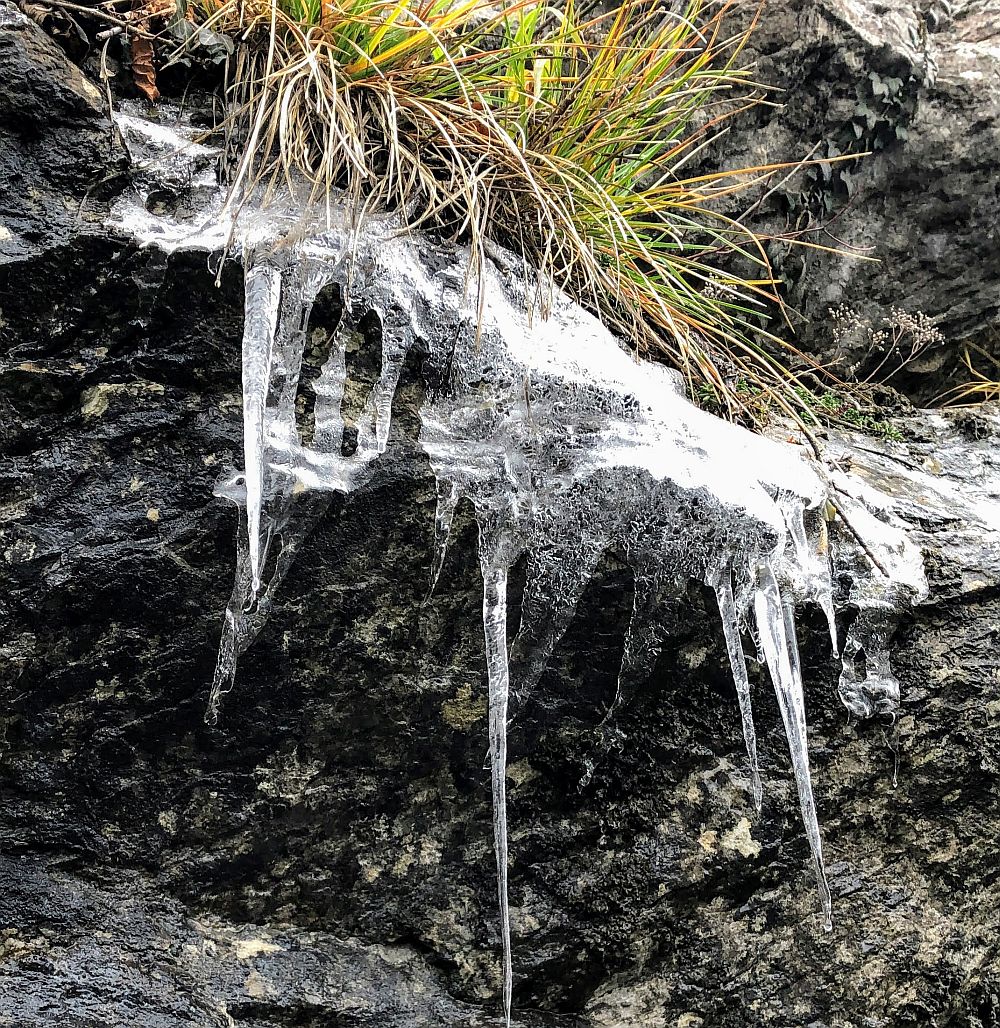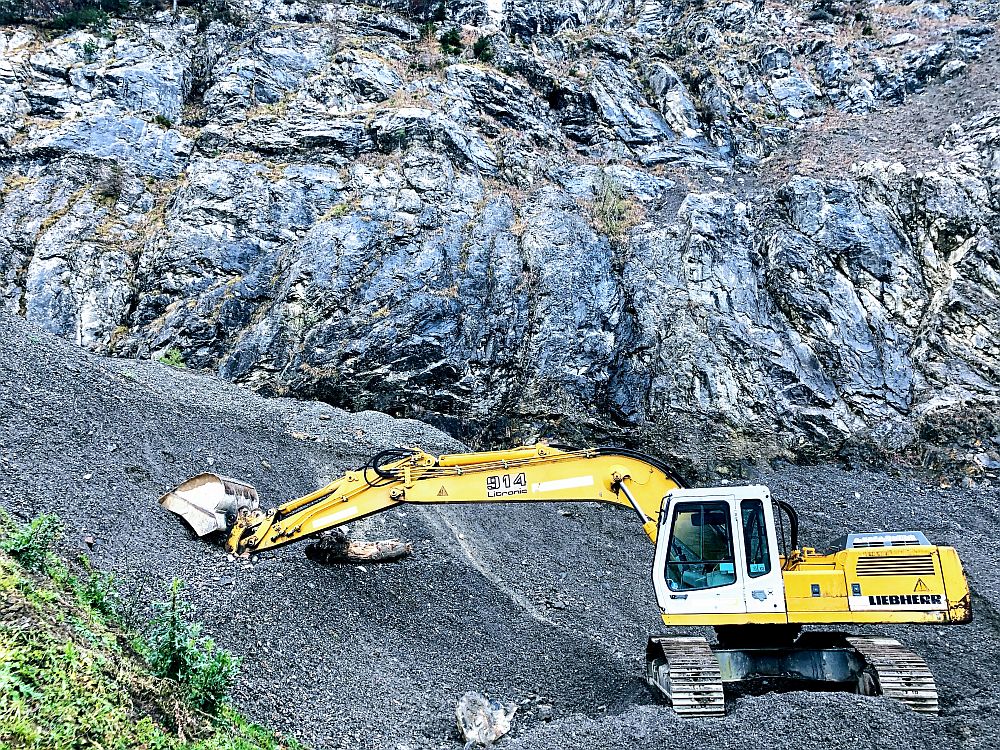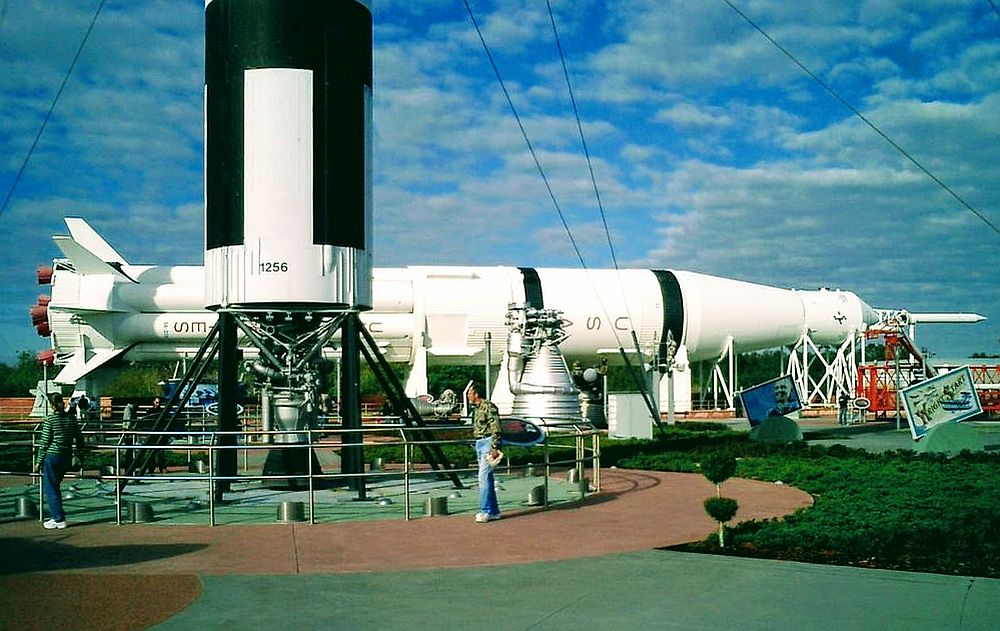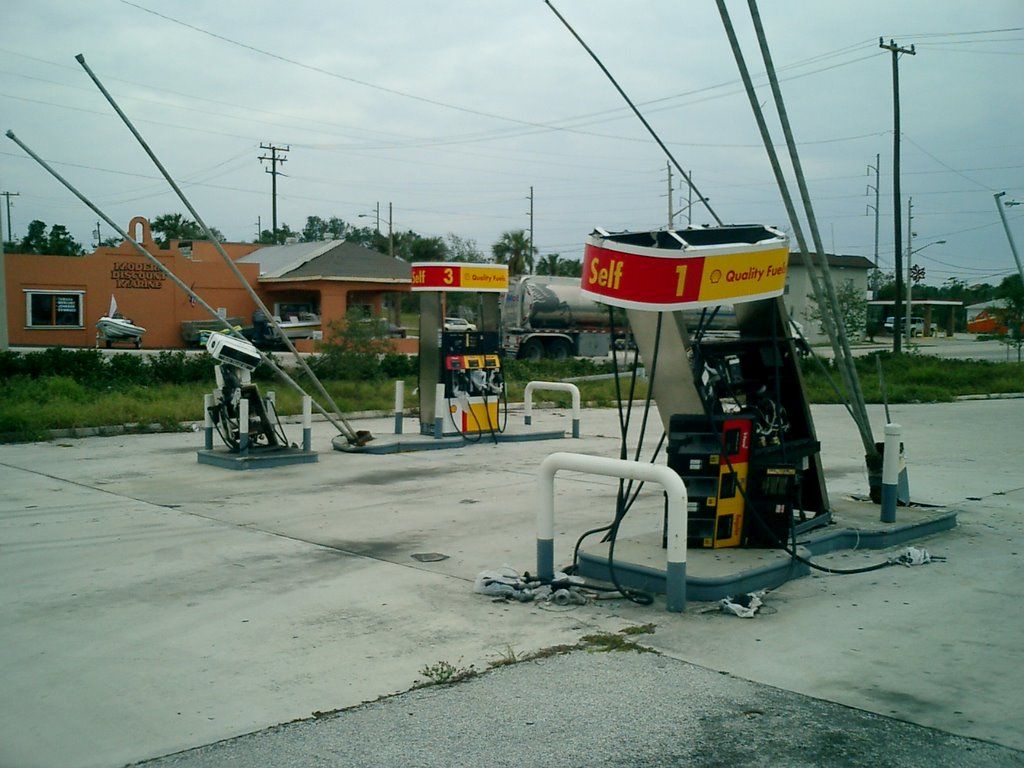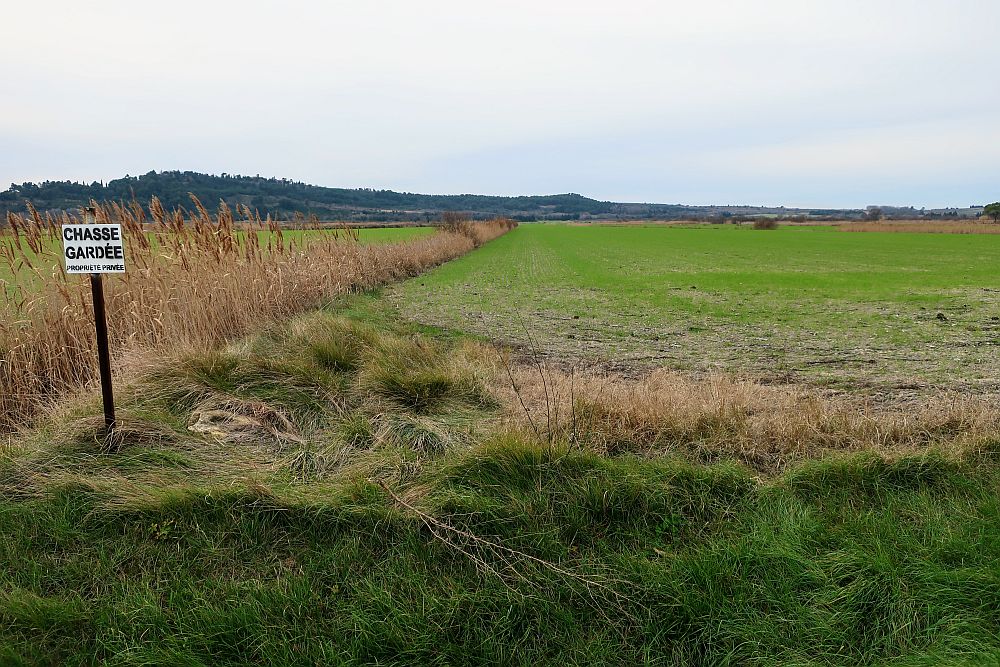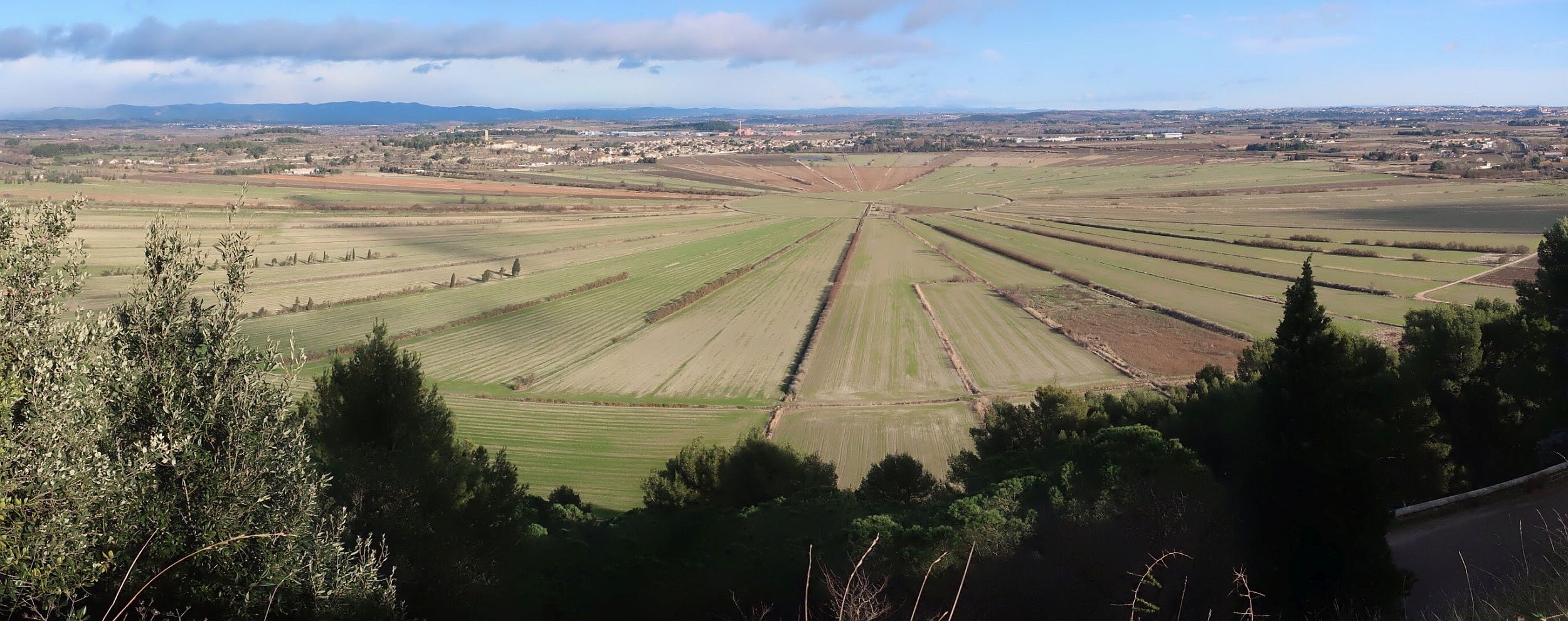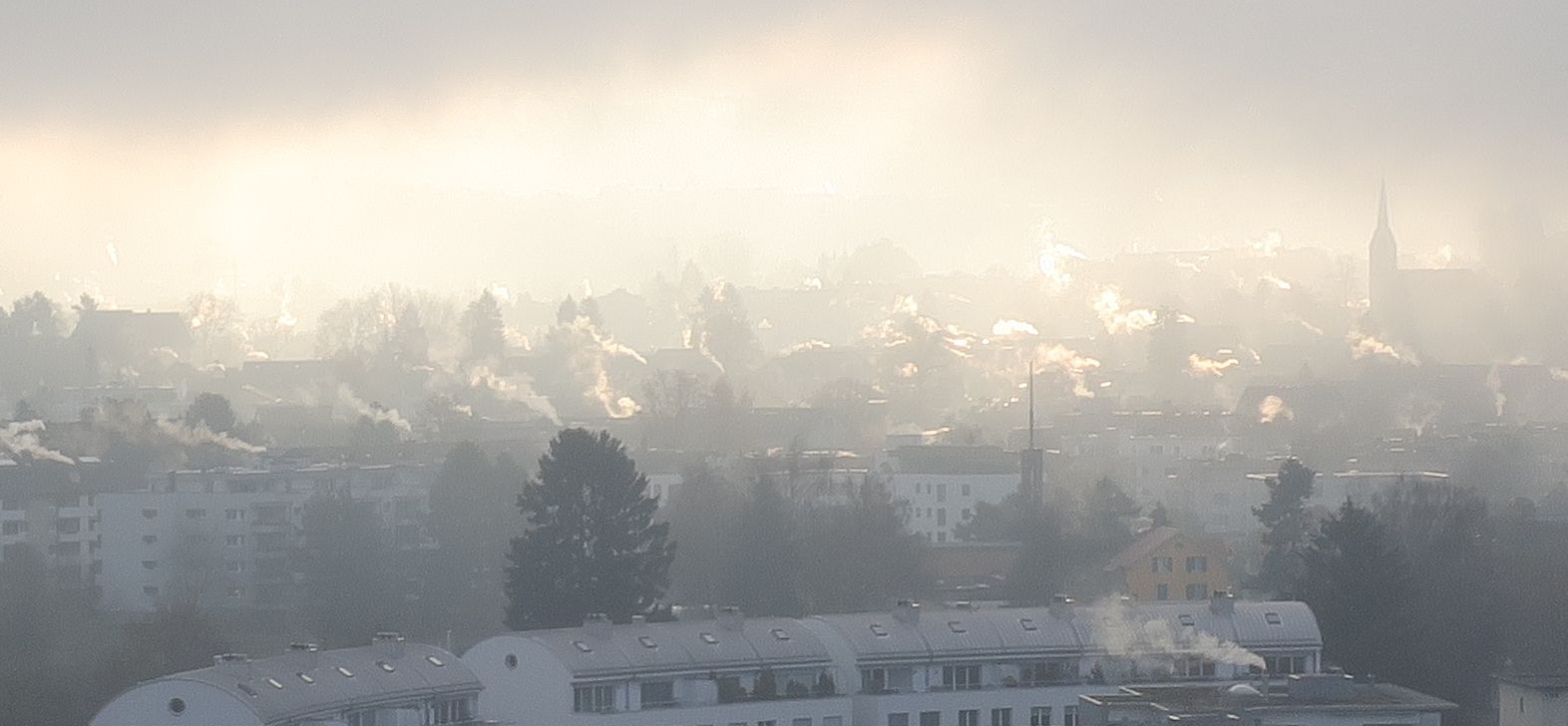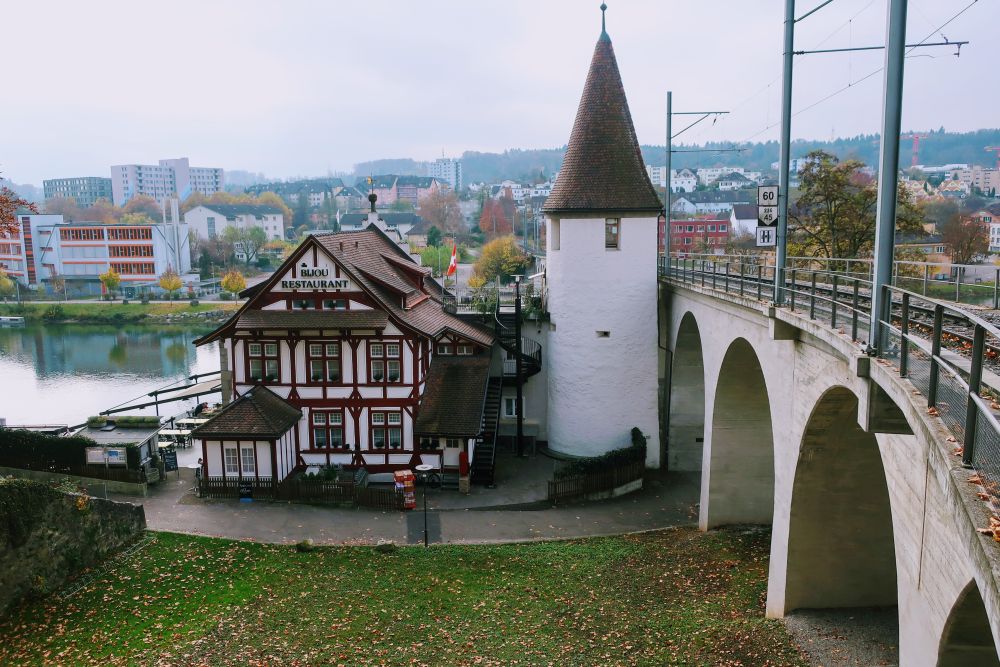Continuing the series, as part of a large IT transformation that I helped drive, it was necessary for us to hire 20+ talented IT professionals. And add to that around 30 mostly Indian colleagues that were to join us to run the Transition and Transformation (T&T) program. And add to that at least two other large IT teams we wanted to consolidate. And because we had so many people, it was necessary for us to locate and rent a building dedicated to IT. So I had a once-in-a-lifetime opportunity to take off my IT transformation hat and put on my facilities management hat.
This blog series recollects a bit of the journey before too much time passes and I forget some of the more interesting details.
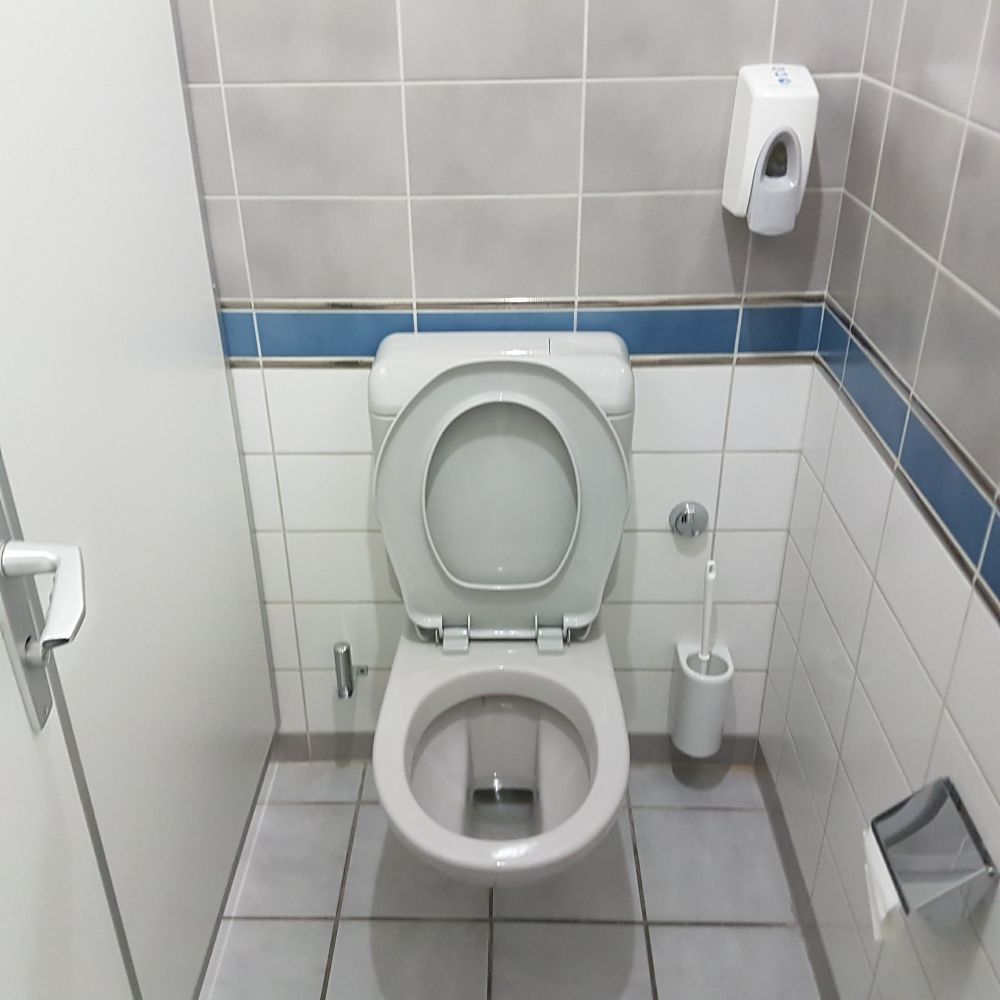
The dark and secret underworld of Facilities Management
I’ve worn a few different hats in my life: cook in a restaurant, forklift truck driver, landscape gardener, and professional house painter to name just a few of the most important ones. So it is not only fun but a privilege when life gives me the chance to establish working relationships with people in varied trades.
And it is even more fun and rewarding when I got to learn a new trade myself, in this case the honorable trade of Building Facilities Management.
And as you will read below, the world of Building Facilities Management has a very pleasant public face, but deep down inside it is really a dark, secret underworld, inhabited by god-like people that can accomplish anything – if you treat us with dignity and respect.

The outside view: the helpfulness gene
Paul Cottingham, one of the finest IT leaders I’ve ever known says time and again that IT hardware people (not the software guys) are all endowed with the helpfulness gene: they’ll go to any lengths to help other people, even at the cost of great self-sacrifice. And if you see the tremendous number of over-time hours they work – and how egregiously they underestimate IT project efforts (sadly incorrect, “it never helps to bring in external help” is their mantra).
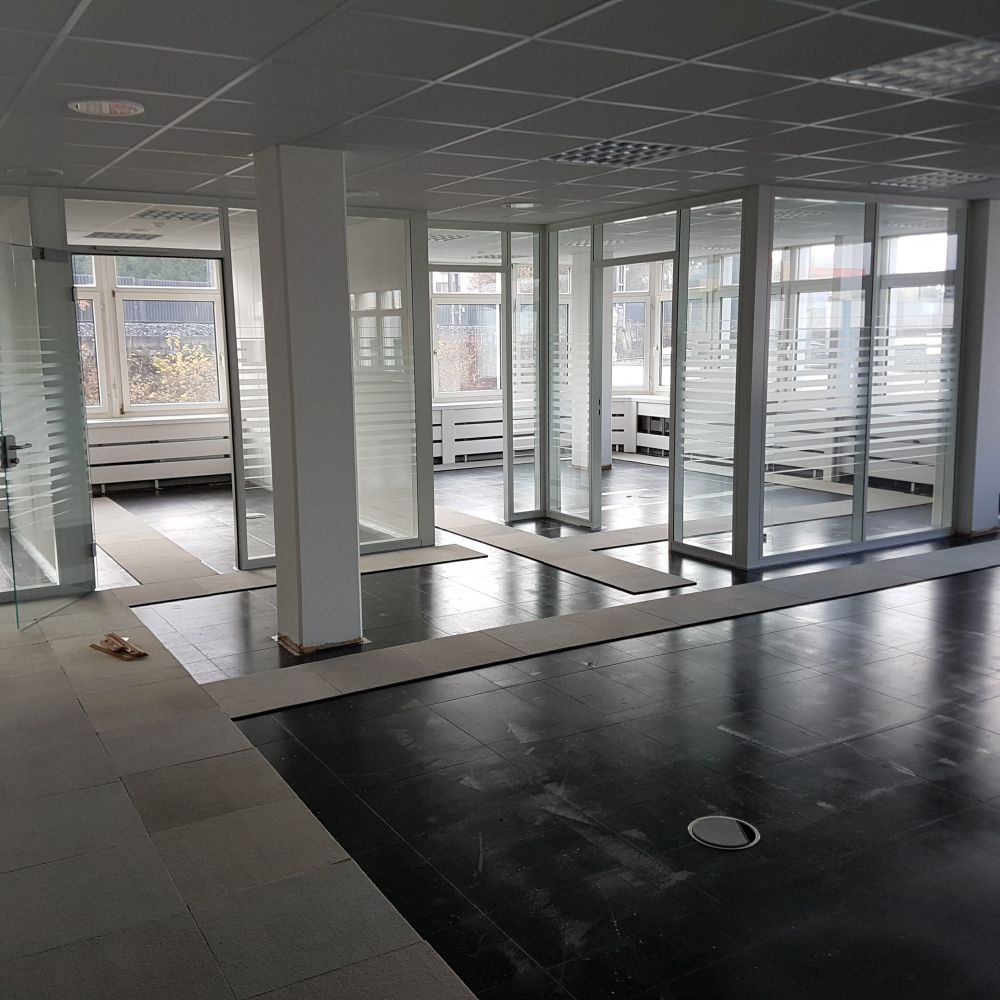
And when I put on the Facilities Manager hat and joined this mysterious underworld, I learned quickly that Facilities Managers are endowed with this gene as well.
Because at the end of the day what gives us pride is to see the people working in and visiting our building. Are the desks comfortable? Are the meetings super-productive because the rooms are equipped with exactly the right flipcharts and whiteboards and speakerphones and wide screen televisions and coat racks and wastebaskets? Is the building filled with pleasant look plants that are also easy-to-care for, and are they watered and healthy? Walls clean? Carpets smelling fresh? Nice little mats to wipe your wet shoes on?
And think about what that requires, all those things and much more: flip chart pens and white board pens and someone having made sure there are the right telephone and LAN and power cables right where they need to be. Containers to water the plants.
So – how do we facilities managers make this look so simple?
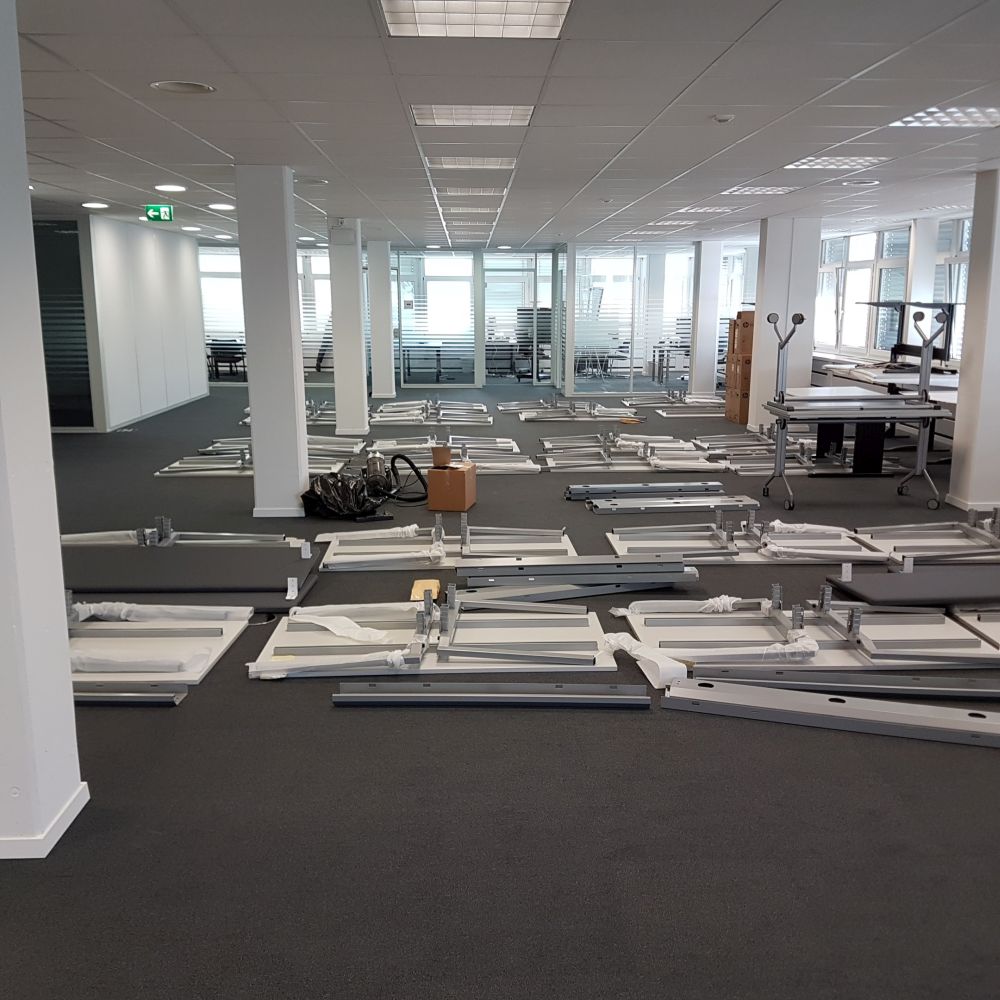
Facilities Managers are like gods
It’s not wrong to think of us Facilities Managers as gods – hopefully benevolent gods, but gods nevertheless. Because your comfort, your tools, and your very productivity at work is in our hands.
The pride of our trade means we strive to do our best to provide all employees a good level of comfort, no matter how they treat us in return. But for those employees who treat us with dignity and respect, (which sadly is all too few people who do that) we aim to exceed your needs.
The question is, how exactly are we able to do this?
And the answer is, we don’t work alone.

A dark and secret underworld
At the risk of great personal harm, I will now officially spill the secret: Facilities Management is a dark underworld comprised of Facilities Managers – but not just those in your company, but those in all companies! Our work knows no barriers. If I work for Company X and I have an old desk, and you work for Company Y and need a desk, you just give me a call and it’s done. Because in a few months time I may need a flipchart stand that you have but don’t need. Inter-company exchanges go on like this all the time.
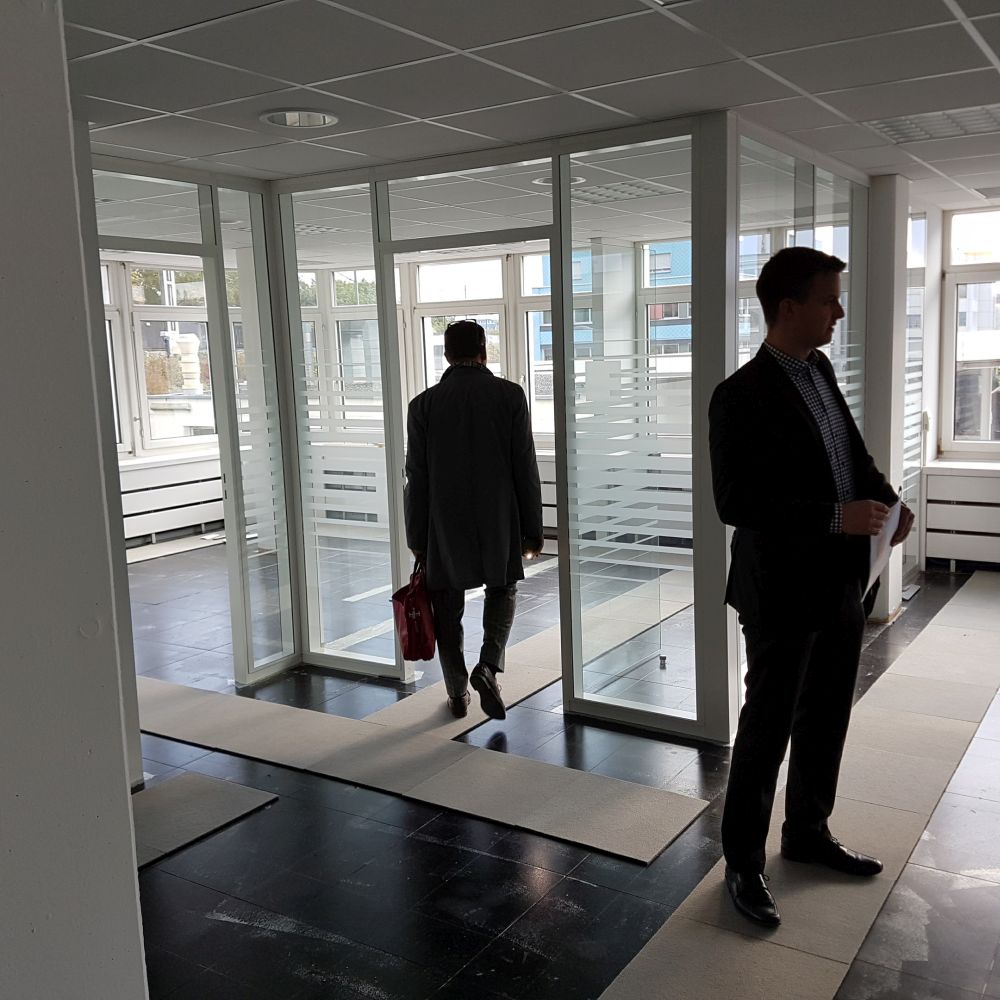
Think about it: the Facilities Manager is likely to inherit many basements if not whole warehouses of old things: desks and shelves and coat racks and lockers. Sure, the new stuff probably has inventory labels, and those labels have numbers, and those numbers are in some spreadsheet in the finance department. But more than likely all that old stuff has been depreciated and written off and forgotten long ago.
I can’t mention any names – although there are many.
I can’t mention any examples – although there are many more.
I can only say that, during my brief time as Facilities Manager I got to meet some really terrific, passionate people who make up this dark and secret underworld. And with their help – and they with mine – we were able to make the people in our buildings content. And for those who treated us kindly, and with honor and respect, we were always able to exceed their expectations.

